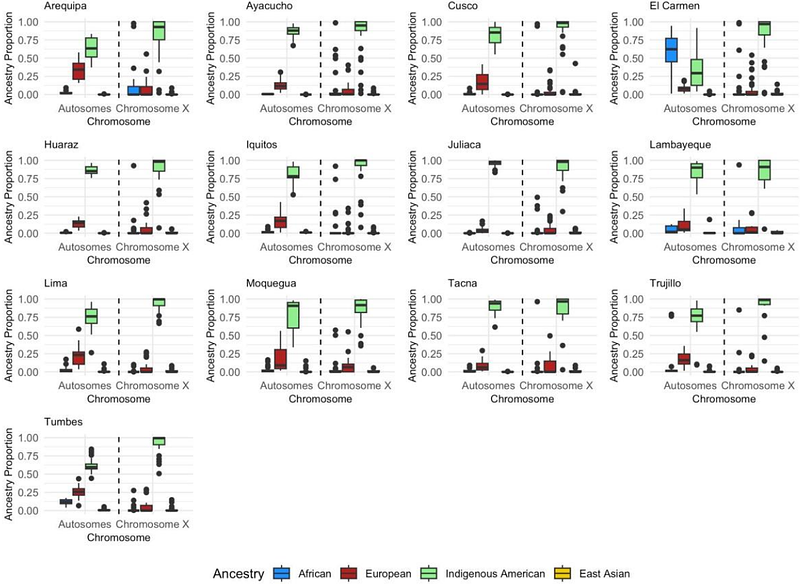Peruvian Population Genomics: Unraveling the Genetic Landscape and Admixture Dynamics of Urban Populations

Peruvian Population Genomics: Unraveling the Genetic Landscape and Admixture Dynamics of Urban Populations
Borda, V.; Caceres, O.; Sanchez, C.; Padilla, C.; Veliz-Otani, D.; Mendes, M.; Silva-Carvalho, C.; Alvin, I.; Maron, B. A.; Gouveia, M. H.; Peruvian Genome Project Consortium, ; Tarazona-Santos, E.; Guio, H.; O'Connor, T. D.
AbstractLatin American populations exhibit high genetic and phenotypic diversity shaped by complex admixture histories, yet remain underrepresented in genomic research. Here, we analyze genome wide data from 432 urban individuals across 13 regions of Peru, including 346 newly genotyped from the Peruvian Genome Project. We revealed fine-scale population structure and demographic patterns shaped by both ancient and recent events. Indigenous American ancestries in urban individuals trace back to ancient north-south interactions consisted with archaeological records, while admixture events occurring within the last 8 and 10 generations involved sources already admixed between distinct ancestral lineages. Identity-by-descent analyses reveal sustained gene flow in southern Peru, while effective population size trends highlight demographic stability in Lima over the past 25 generations. Sex biased admixture patterns suggest Indigenous ancestry contribution preferentially mediated by females. These findings offer a comprehensive view of Peru's genetic heritage, advancing our understanding of human genetic diversity and historical demographic processes in Latin America.